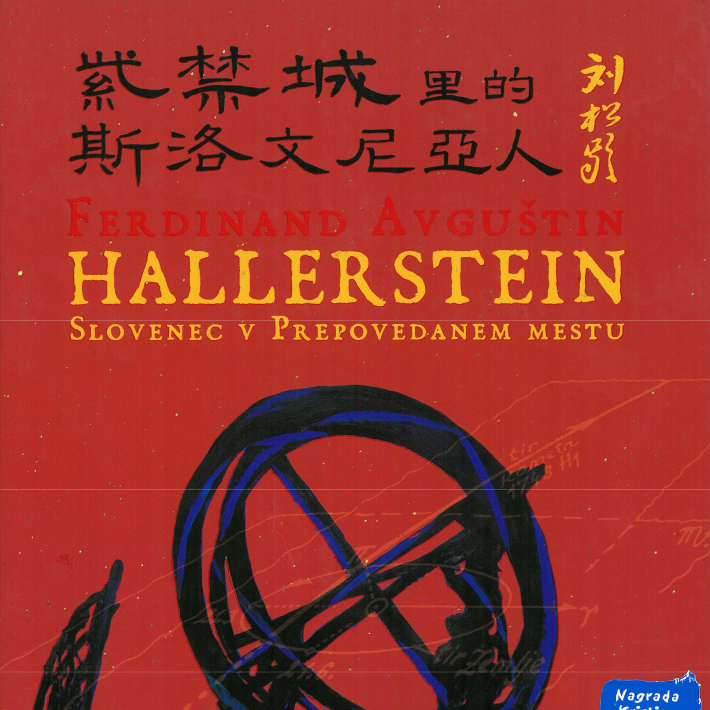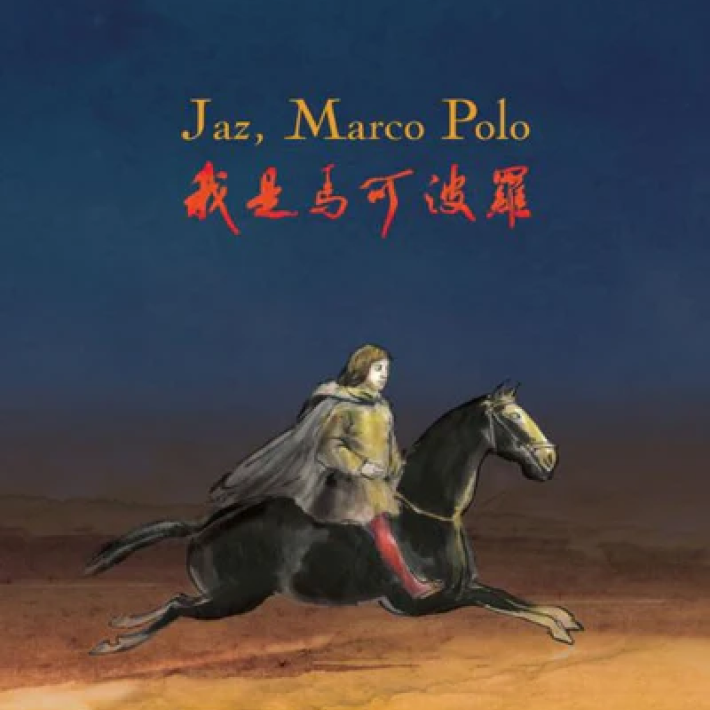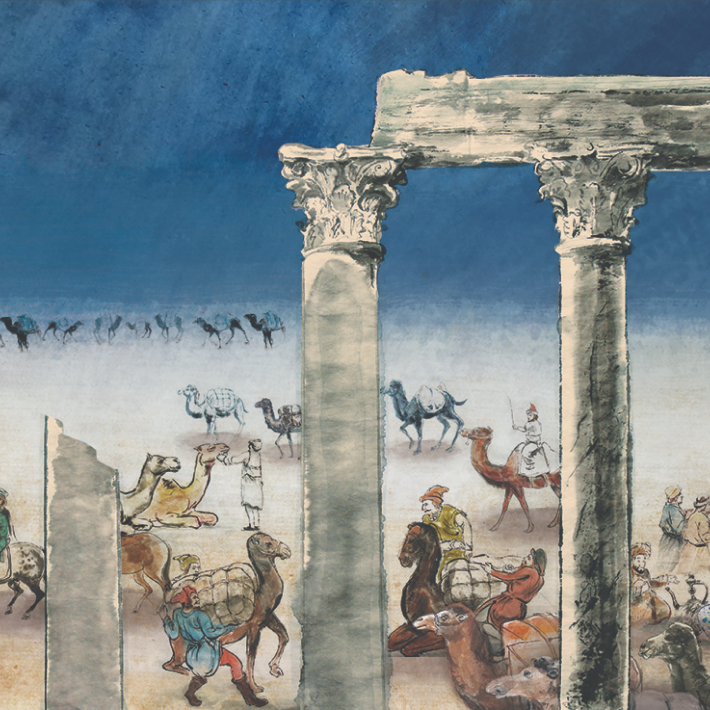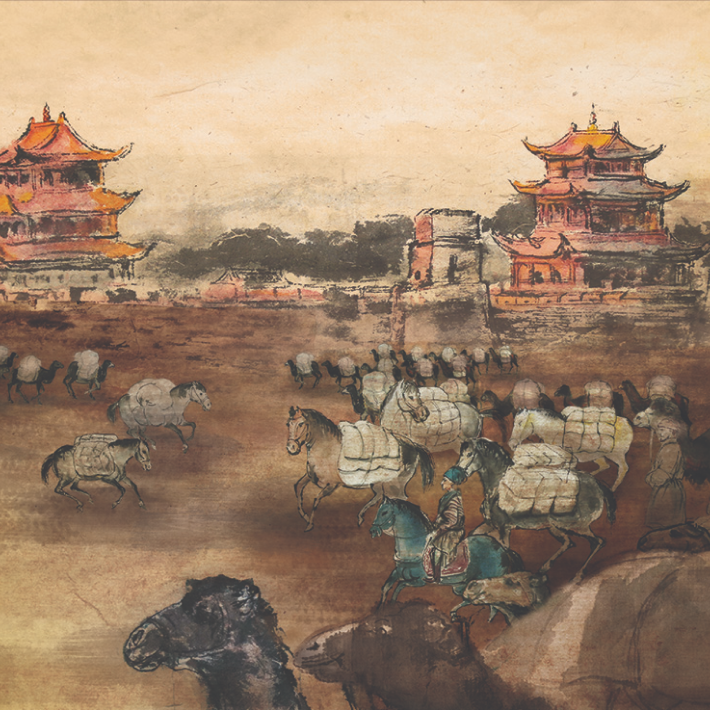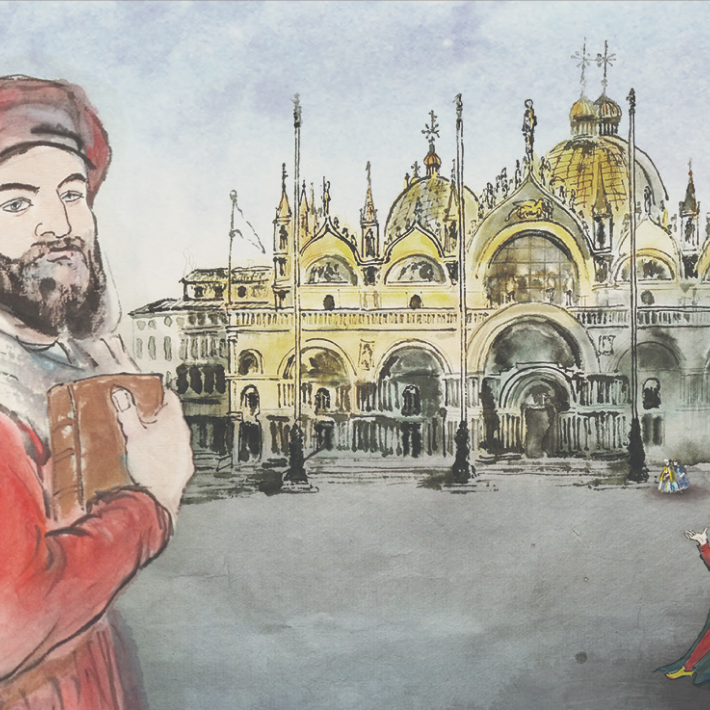Silk road
The commercial roads connecting China and Europe have continued since ancient times. Chinese silk, Roman glass, Persian gems, and Arab spices have rushed on this trade corridor. These material treasures were accompanied by the spiritual products of various nationalities – literature, art, customs, and even religions. In 1877, the German geographer Ferdinand von Richthofen named this commercial road the Silk Road. One of its branches led to Venice, thus bringing fabulous fabrics and previous vessels to the territory of present-day Slovenia. Connections did exist, even though they differed from those we know today.
There are different ways in which either physical or spiritual distances between countries can be overcome. Throughout history, they have been bridged by our ancestors, the most famous of which was certainly the astronomer Hallerstein. Later on, Alma Karlin stopped there on her way around the world and vividly described her experiences. Among the legendary figures associated with this ancient route is also the 13-century explorer Marco Polo, whose adventure story gave Europeans a real glimpse into China’s wealth and civilization, igniting a longing for the East.

